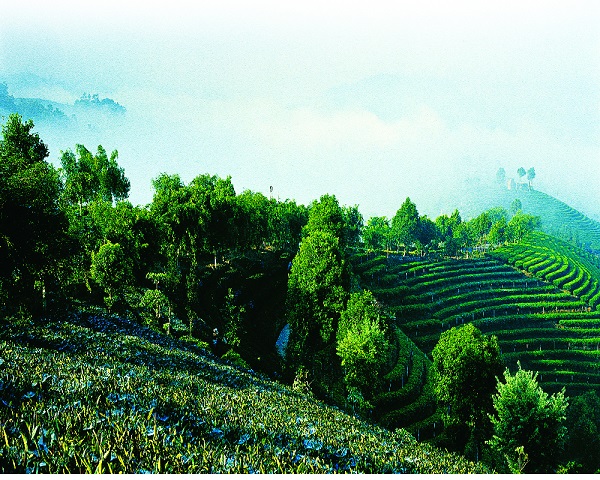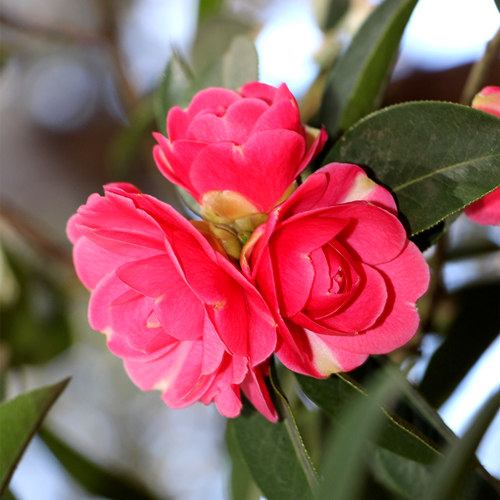
Detailed Introduction to Wenshan City of Wenshan Prefecture
Overview
Wenshan City (文山市) is the political, economic, and cultural center of Wenshan Zhuang and Miao Autonomous Prefecture, located in southeastern Yunnan Province, bordering Guangxi to the east and Vietnam to the south. Known for its rich ethnic diversity, especially the Zhuang and Miao peoples, Wenshan City plays a vital role as the gateway to the mountainous regions of Wenshan Prefecture and serves as a hub for trade, culture, and transportation.
Geography and Climate
Location:
Southeastern Yunnan Province
Situated on the edge of the Yunnan-Guangxi border
Surrounded by mountainous terrain and river valleys
Area: Approximately 2,492 square kilometers
Topography:
Hilly and mountainous with an average elevation of about 1,200 meters
Fertile river basins and terraced fields
Climate:
Subtropical monsoon climate
Mild winters and warm summers
Average annual temperature around 17°C to 19°C
Annual rainfall approximately 1,100 to 1,600 mm, mostly from May to October
Population and Ethnic Composition
Population: Around 400,000 in the urban area, larger in the whole municipal region
Ethnic Groups:
Predominantly Zhuang and Miao minorities
Also includes Han, Yao, Dai, Hani, and other ethnic groups
The city reflects a blend of ethnic cultures with a variety of languages, festivals, traditional dress, and cuisine
Economic Profile
Agriculture:
Wenshan is known for producing high-quality Wenshan Pomegranate, tobacco, tea, and medicinal herbs
Agricultural terraces support crops such as rice, corn, and vegetables
Industry:
Growing sectors include mining (notably manganese and tin), food processing, and handicrafts
Trade:
Acts as a commercial hub linking rural areas with other parts of Yunnan and neighboring Guangxi and Vietnam
Tourism:
Developing eco-tourism and cultural tourism based on ethnic heritage and natural scenery
Cultural and Ethnic Highlights
Zhuang and Miao Culture:
Traditional festivals such as the Sanyuesan Festival celebrated by the Zhuang and the Miao New Year feature singing, dancing, and ethnic costume displays
Rich folk arts including brocade weaving, silver jewelry crafting, and traditional music
Cuisine:
Local dishes highlight spicy flavors, use of wild herbs, and rice-based specialties
Religious and Historical Sites:
Temples and ancestral halls reflecting the diverse spiritual life of the city's ethnic groups
Tourist Attractions
Wenshan Botanical Garden: Showcasing the rich plant biodiversity of the region
Traditional Villages: Ethnic minority villages offering cultural experiences, crafts, and festivals
Natural Scenery: Nearby mountains, rivers, and terraced landscapes perfect for hiking and photography
Local Markets: Vibrant markets where traditional costumes, handicrafts, and local produce are sold
Transportation
Well-connected by road and rail:
The Wenshan Railway Station links the city to Kunming and other major cities
Highways connect Wenshan with Guangxi and Vietnam, facilitating cross-border trade
Local transportation includes buses, taxis, and regional transport to rural ethnic villages
Education and Development
Wenshan City hosts educational institutions focusing on ethnic culture and language preservation
Efforts in sustainable development are ongoing to balance economic growth with ecological and cultural conservation
Conclusion
Wenshan City is a vibrant urban center that embodies the rich cultural diversity and natural beauty of southeastern Yunnan. As the capital of Wenshan Prefecture, it plays a crucial role in regional economic development, ethnic cultural preservation, and cross-border exchange. Visitors and residents alike enjoy a harmonious blend of tradition and modernity amidst picturesque landscapes and warm ethnic hospitality.



